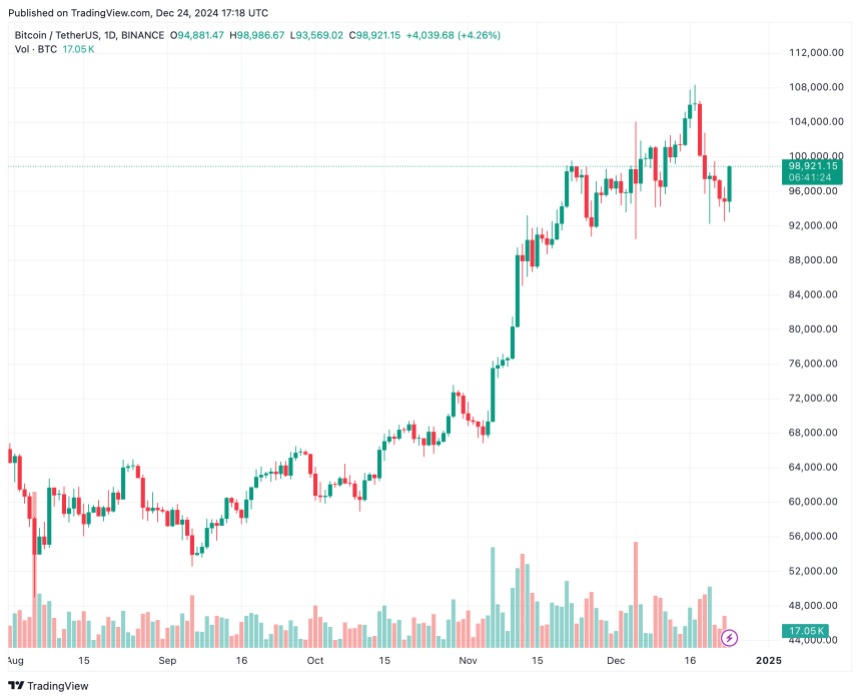Purpose to belief

Strict editorial coverage that focuses on accuracy, relevance, and impartiality
Created by trade consultants and meticulously reviewed
The very best requirements in reporting and publishing
Strict editorial coverage that focuses on accuracy, relevance, and impartiality
Morbi pretium leo et nisl aliquam mollis. Quisque arcu lorem, ultricies quis pellentesque nec, ullamcorper eu odio.
In keeping with a report printed at the moment by blockchain safety agency Hacken, decentralized finance (DeFi) protocols witnessed a steep decline in exploits in 2024, whereas centralized finance (CeFi) platforms greater than doubled their losses resulting from safety breaches.
DeFi Platforms Present Higher Safety Mechanisms
In its annual “Web3 Safety Report,” Hacken outlined the overall tendencies within the cryptocurrency trade with regard to scams and safety infrastructure. The report notes that complete losses arising from safety failure in 2024 stood at $2.91 billion.
Associated Studying
DeFi protocols accounted for $474 million in losses this 12 months, a 40% decline from $787 million in 2023. This sharp drop displays the rising adoption of superior safety methods, corresponding to zero-knowledge cryptography and multi-party computation, throughout the DeFi ecosystem.
One key issue contributing to the discount in DeFi exploits was the sharp decline in cross-chain bridge hacks. Losses from these assaults have persistently fallen – from $1.89 billion in 2022 to $338 million in 2023, and at last to $114 million in 2024.
In distinction, CeFi platforms, together with cryptocurrency exchanges, reported $694 million in losses in 2024, greater than double the $339 million recorded in 2023. CeFi accounted for practically one-third of all crypto-related incidents, highlighting persistent vulnerabilities in centralized programs.
Gaming and metaverse initiatives have been one other main goal in 2024, liable for practically 20% of all crypto-related hacks, with $389 million in losses. The biggest gaming/metaverse breach of the 12 months was the PlayDapp exploit in Q1 2024, which resulted in a $290 million loss.
Phishing scams additionally remained a major concern, inflicting greater than $600 million in losses this 12 months. These scams spotlight more and more refined social engineering techniques within the Web3 area.
In November, the sector confronted a $129 million deal with poisoning assault. For context, deal with poisoning phishing entails attackers sending small transactions from an deal with that carefully resembles one the sufferer has interacted with, tricking them into mistakenly sending funds to the fraudulent deal with in future transactions.
Memecoins And Rugpulls Proceed To Prey On Customers
Whereas memecoins have been all the rage for almost all of 2024 – notably on the Solana (SOL) blockchain resulting from its low transaction costs – a major proportion of them preyed on traders by presale scams and celebrity-endorsed rug pulls.
Associated Studying
One notable instance is the Hawk Tuah memecoin, launched by viral influencer Hailey Welch, popularly often called “Hawk Tuah Lady”. The coin’s worth plummeted 95% shortly after launch, sparking extreme backlash from the broader Web3 neighborhood.
The rise in memecoin-related scams additionally underscores the necessity for better investor schooling, notably when partaking with such speculative belongings. At press time, Bitcoin (BTC) trades at $98,921, up 5.8% up to now 24 hours.

Featured picture from Unsplash, chart from Tradingview.com















